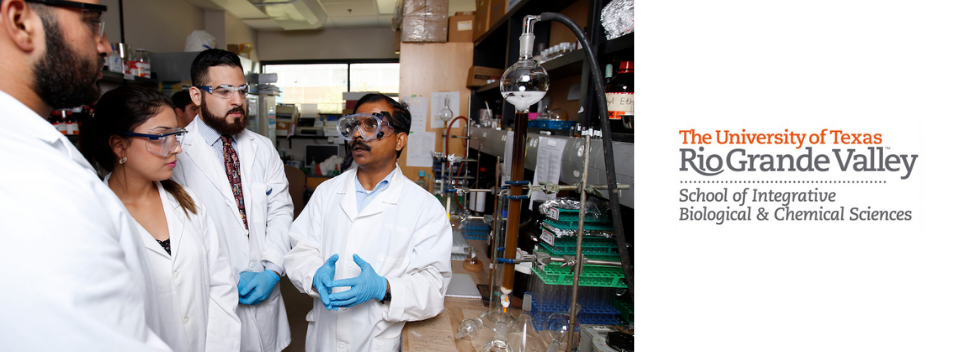
School of Integrative Biological & Chemical Sciences Faculty Publications and Presentations
Document Type
Article
Publication Date
8-20-2024
Abstract
Heterometallic hydride complexes are of growing interest due to their potential to contribute to highly active insertion-based catalysis; however, methods to modulate electron density within this class of molecules are underexplored. Addition of ancillary ligands to heterotrimetallic NiAl2H2 species (1) results in the formation of heterobimetallic NiAl-hydride complexes with varying phosphine donors (2-(L)2). Incorporation of sigma donating ancillary ligands of increasing strength led to contractions of the Ni–Al distances correlated to a strengthening of a back donation interaction to the Al–H sigma antibonding orbital, most prominently present in 2-(PMe3)2. Demethylation of the aryl ether from 2-(PMe3)2 provides access to a novel anionic nickel–aluminum complex (3) with a maintained bridged hydride moiety between Ni and Al. Increased negative charge in complex 3 results in an elongation of the Ni–Al interaction. Combined crystallographic, spectroscopic, and computational studies support a 3-center interaction within the Al–H–Ni subunits and were used to map the degree of Ni–H character of the series within the Al–H–Ni bonding continuum.
Recommended Citation
Gonzalez, Aleida G., Fernando Gonzalez, Edgardo De Leon, Kaitlyn M. Birkhoff, Sam Yruegas, Haoyuan Chen, and Manar M. Shoshani. "Synthesis and characterization of NiAl-hydride heterometallics: perturbing electron density within Al–H–Ni subunits." Dalton Transactions (2024). https://doi.org/10.1039/D4DT01786B
Creative Commons License

This work is licensed under a Creative Commons Attribution 3.0 License.
Publication Title
Dalton Transactions
DOI
https://doi.org/10.1039/D4DT01786B


Comments
This article is licensed under a Creative Commons Attribution-NonCommercial 3.0 Unported Licence.